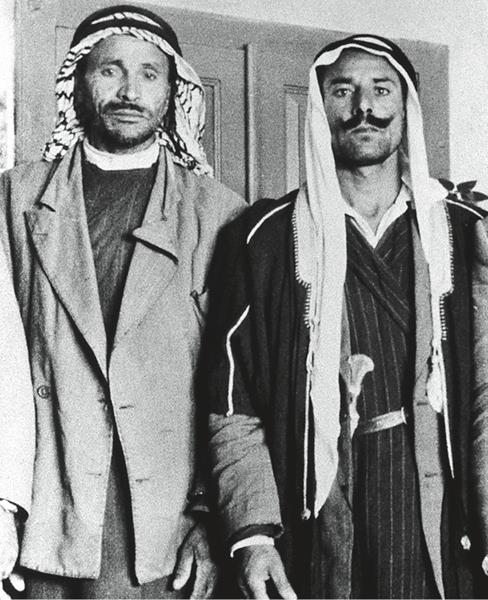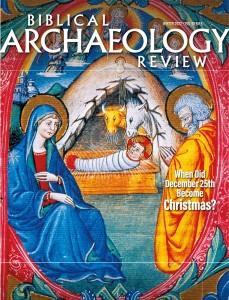
Who discovered the Dead Sea Scrolls?
Answer: Muhammad edh-Dhib
It is a well-known story, though one that is often passed over with just a few words: In the winter of 1946–1947, a Bedouin shepherd searching for his lost sheep or goat in the desert hills overlooking the Dead Sea threw a stone into a cave. Instead of hearing the expected sound of rock hitting rock, he heard the smashing of pottery. The broken pottery revealed one of biblical archaeology’s greatest discoveries—the Dead Sea Scrolls.
But who was this Bedouin shepherd? His name was Muhammad edh-Dhib Hassan, also known as “the wolf” after the meaning of his Arabic nickname (edh-Dhib), although in many accounts of the discovery, he often goes unnamed and is simply referred to as a Bedouin or Arab shepherd. Yet across almost a decade, from 1947 to 1956, Muhammad and other local shepherds, including his cousin Jum‘a Muhammad, discovered 11 caves at Qumran that contained some 25,000 scroll fragments. Admittedly, many of these fragments ultimately appeared for sale on the antiquities market, but their discovery quickly led archaeologists to a systematic exploration of the Qumran caves and the excavation of nearby Khirbet Qumran.
Muhammad was a member of the Taamireh tribe, which, according to its own oral history, had migrated to the area near Bethlehem sometime during the 16th century. In the summer, tribesmen were involved in farming, but in the winter and spring, they worked as shepherds in the Judean Desert.
Already a library member? Log in here.
Institution user? Log in with your IP address.

